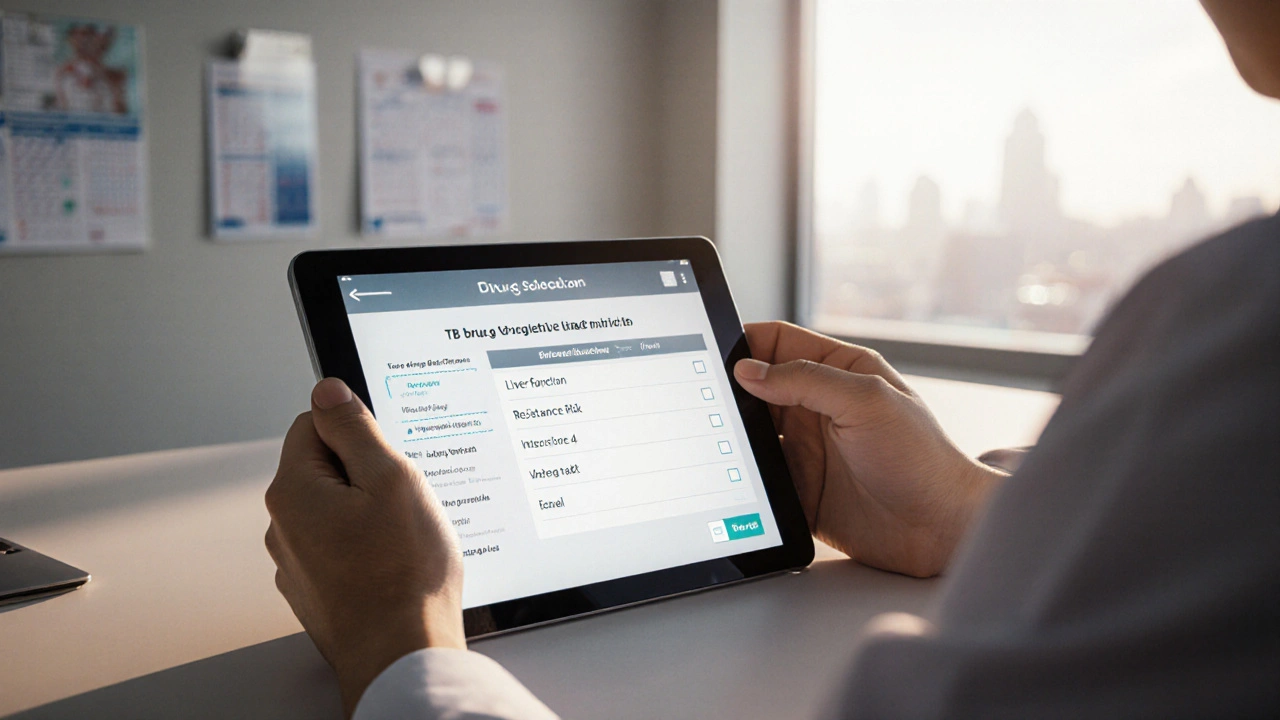Alternative TB Drugs: Modern Choices for Tough Tuberculosis Cases
When talking about Alternative TB Drugs, medications used when first‑line therapy fails or when resistance develops. Also known as second‑line TB medications, they play a crucial role in fighting strains that don’t respond to standard treatment. This page pulls together the most relevant info on these drugs, how they fit into therapy plans, and what you need to consider before they’re prescribed.
Why Alternative TB Drugs Matter
Tuberculosis, a contagious bacterial infection that mainly hits the lungs remains a global health challenge. While classic antibiotics like isoniazid and rifampicin work for many patients, the rise of resistant strains has pushed doctors to look beyond the usual playbook. When a patient’s infection is labeled multidrug‑resistant TB (MDR‑TB), the bacteria are no longer killed by at least isoniazid and rifampicin, demanding a different therapeutic approach.
Alternative TB drugs are designed to target these stubborn bacteria. They often belong to newer drug classes, have distinct mechanisms of action, and can be combined into short‑course regimens that improve adherence. For instance, Bedaquiline, the first FDA‑approved drug specifically for MDR‑TB works by shutting down the bacterium’s energy production, a pathway untouched by older medicines. This unique action makes it a cornerstone in many modern treatment plans.
Other newcomers include Delamanid, a nitro‑imidazole that blocks cell wall synthesis and Pretomanid, a nitro‑imidazooxazine used in combination regimens for highly resistant TB. Together, they expand the toolbox for clinicians facing XDR‑TB (extensively drug‑resistant TB) cases where almost all first‑line and many second‑line drugs fail. These agents have reshaped the therapeutic landscape, allowing shorter, more effective courses and reducing the toxic side‑effects associated with older drugs.
The World Health Organization (WHO) constantly updates its treatment guidelines to reflect emerging evidence. The latest WHO regimen for MDR‑TB recommends a core of Bedaquiline or Delamanid alongside other companion drugs, aiming for a six‑month intensive phase followed by a continuation phase. By aligning with WHO standards, healthcare providers can ensure they’re using the most effective, evidence‑based combinations while minimizing the risk of further resistance.
Understanding how alternative TB drugs fit into a broader treatment plan is essential for patients and clinicians alike. Below you’ll find detailed articles that compare efficacy, side‑effect profiles, cost considerations, and real‑world usage tips for each medication. Whether you’re navigating a new diagnosis, managing side effects, or simply want to stay informed about the latest advances, the collection offers practical guidance to help you make the best choices for a successful recovery.
Isoniazid vs. Alternative TB Drugs: Benefits, Risks & Best Uses
A detailed comparison of isoniazid with rifampin, ethambutol, pyrazinamide and fluoroquinolones, covering efficacy, side effects, dosing, and best-use scenarios.
© 2025. All rights reserved.

